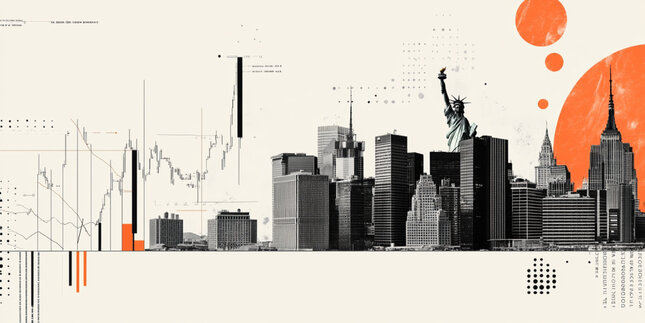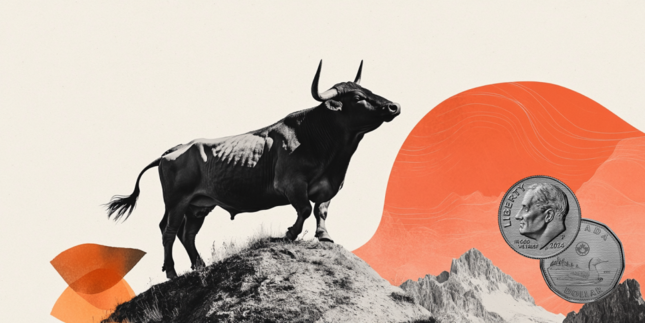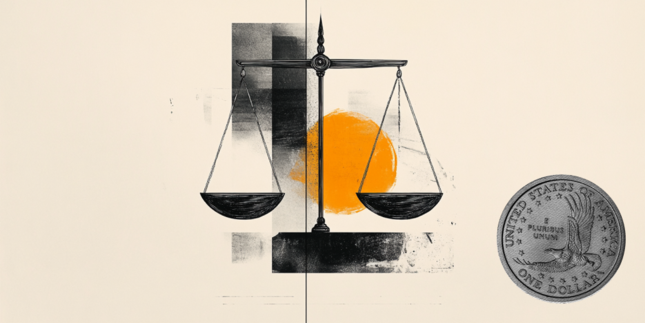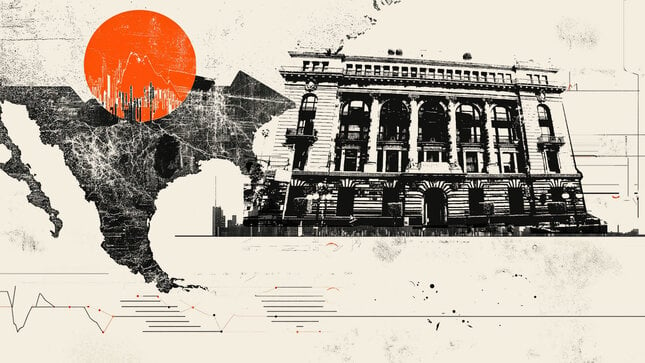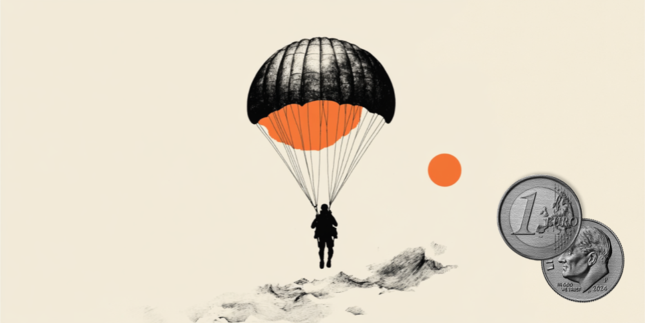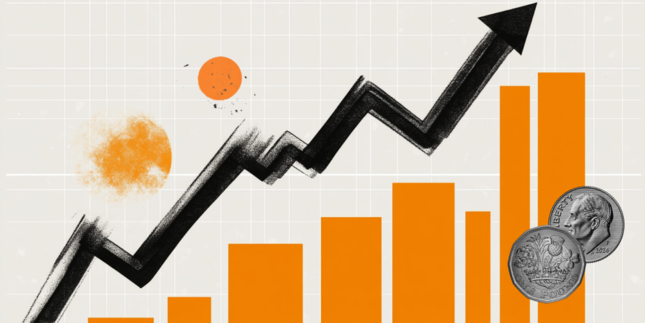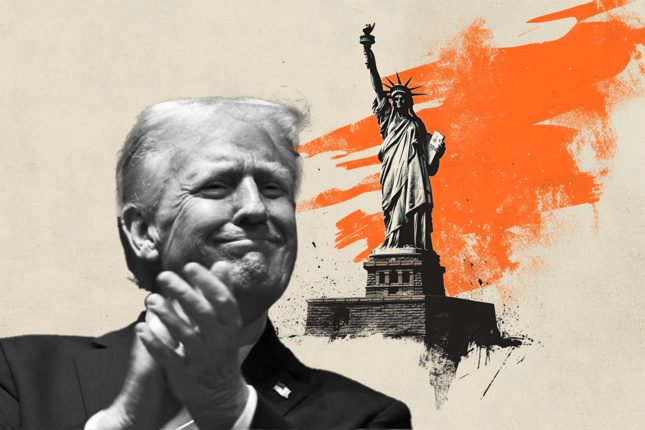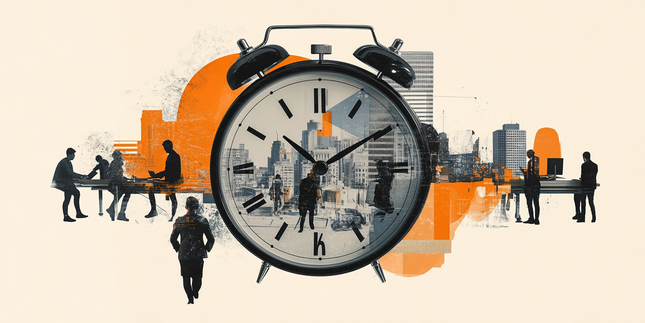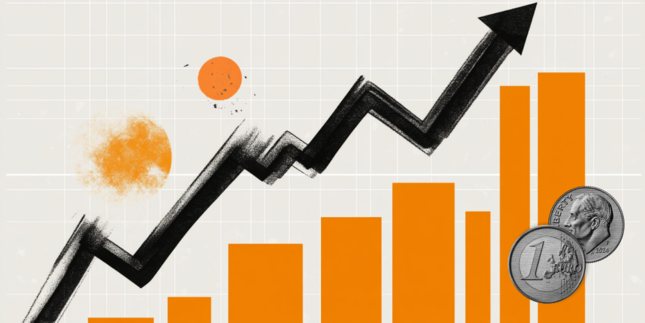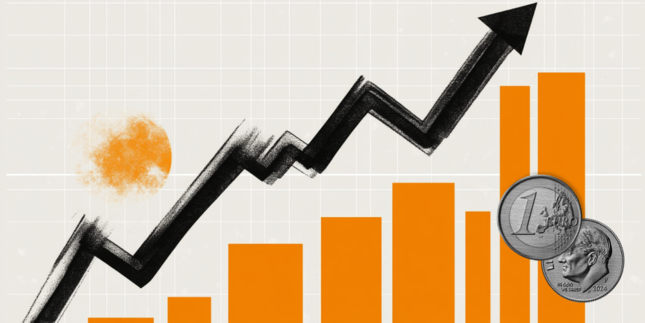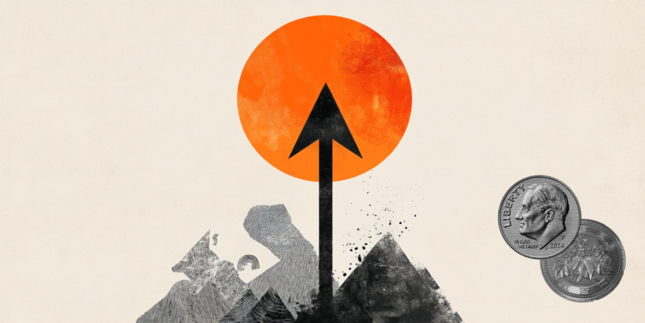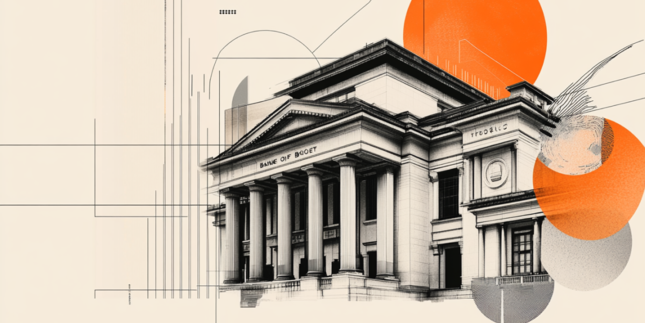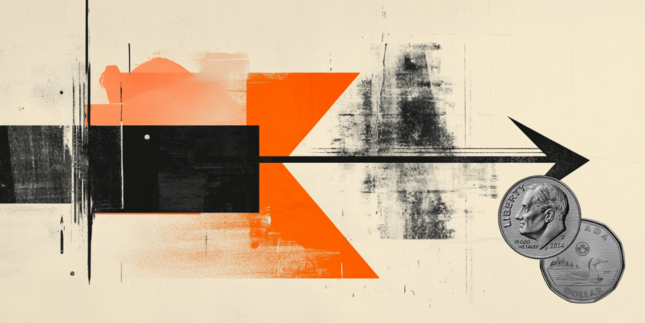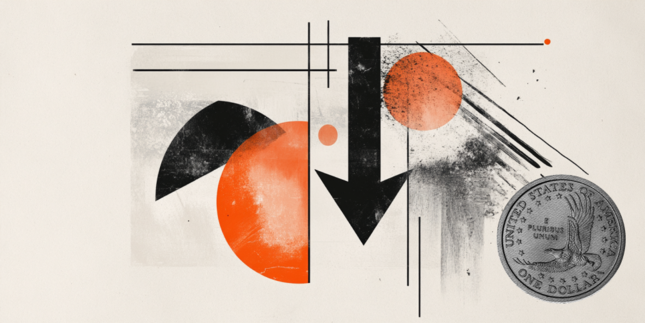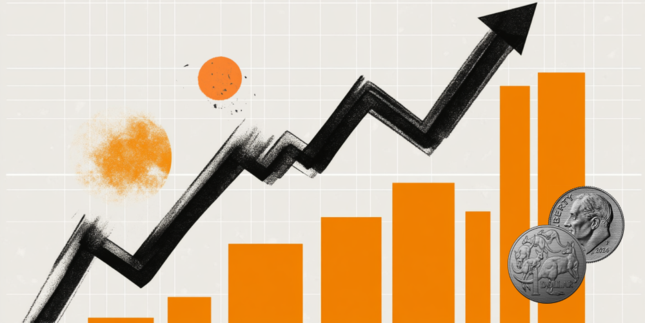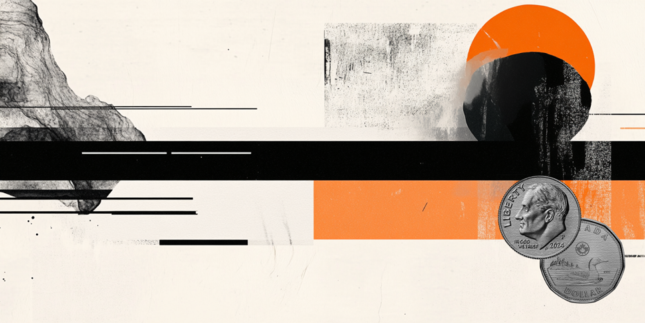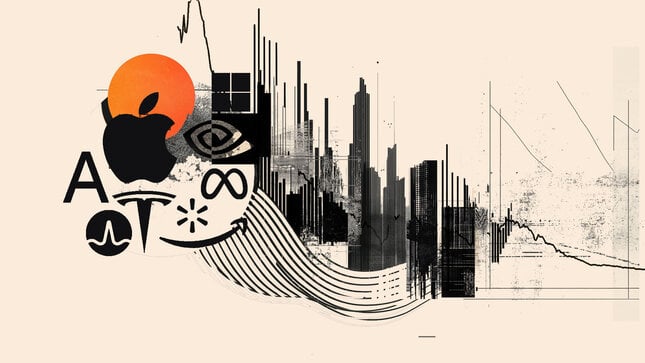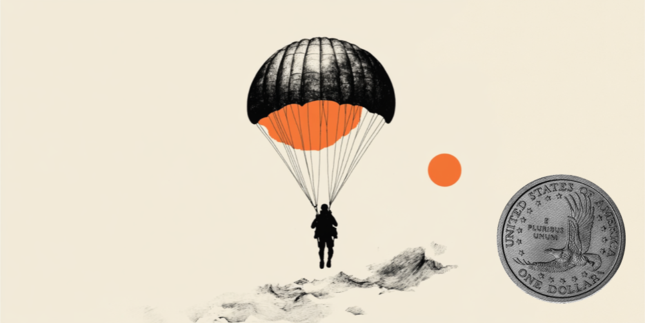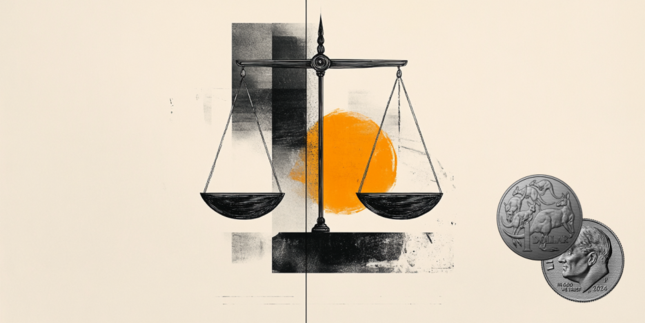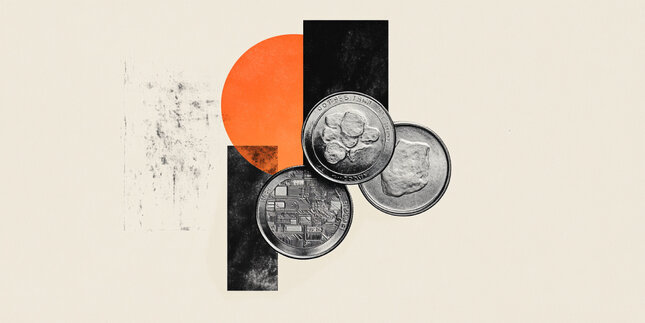-
Opps!
This language contents are not available!
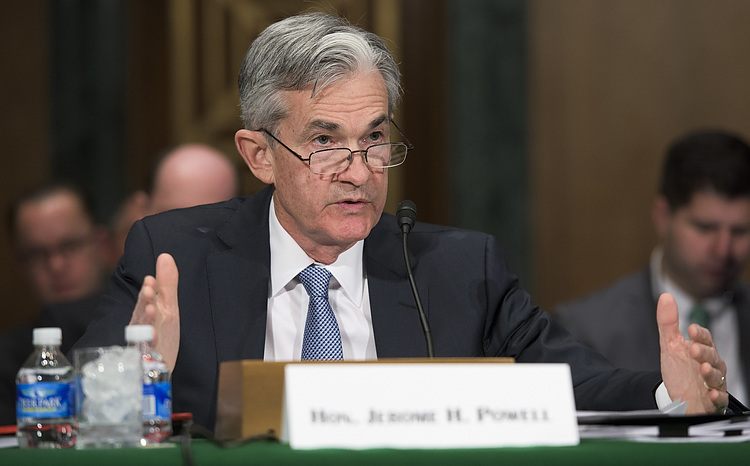
Powell speech: Risks and uncertainty around inflation we see as higher
Federal Reserve Chairman Jerome Powell explains the decision to cut the policy rate, federal funds rate, by 25 basis points to the range of 4.25%-4.5% after the December meeting and responds to questions in the post-meeting press conference.
Key quotes
"Can dial back policy restraint more slowly if inflation not moving sustainably toward 2%."
"Policy is well-positioned to deal with risks."
"Can ease more quickly if labor market weakens unexpectedly or inflation falls more quickly."
"Today was a closer call but the right call."
"Decided it was the right call as best decision to foster achievement of goals."
"Risks are two-sided."
"Trying to steer between those 2 risks."
"Downside risks to labor market have diminished, but still cooling."
"Don't think we need further cooling to get inflation down to 2%
"Job creation is below the level that would hold jobless rate constant."
"Labor market quite gradually cooling."
"Inflation story broadly on track, housing services steadily coming down."
"Extent and timing language shows we are at or near point of slowing rate cuts."
"Slower pace of rate cuts reflects expectation of higher inflation."
"Risks and uncertainty around inflation we see as higher."
"Cuts we make next year will react to data."
US Dollar FAQs
The US Dollar (USD) is the official currency of the United States of America, and the ‘de facto’ currency of a significant number of other countries where it is found in circulation alongside local notes. It is the most heavily traded currency in the world, accounting for over 88% of all global foreign exchange turnover, or an average of $6.6 trillion in transactions per day, according to data from 2022. Following the second world war, the USD took over from the British Pound as the world’s reserve currency. For most of its history, the US Dollar was backed by Gold, until the Bretton Woods Agreement in 1971 when the Gold Standard went away.
The most important single factor impacting on the value of the US Dollar is monetary policy, which is shaped by the Federal Reserve (Fed). The Fed has two mandates: to achieve price stability (control inflation) and foster full employment. Its primary tool to achieve these two goals is by adjusting interest rates. When prices are rising too quickly and inflation is above the Fed’s 2% target, the Fed will raise rates, which helps the USD value. When inflation falls below 2% or the Unemployment Rate is too high, the Fed may lower interest rates, which weighs on the Greenback.
In extreme situations, the Federal Reserve can also print more Dollars and enact quantitative easing (QE). QE is the process by which the Fed substantially increases the flow of credit in a stuck financial system. It is a non-standard policy measure used when credit has dried up because banks will not lend to each other (out of the fear of counterparty default). It is a last resort when simply lowering interest rates is unlikely to achieve the necessary result. It was the Fed’s weapon of choice to combat the credit crunch that occurred during the Great Financial Crisis in 2008. It involves the Fed printing more Dollars and using them to buy US government bonds predominantly from financial institutions. QE usually leads to a weaker US Dollar.
Quantitative tightening (QT) is the reverse process whereby the Federal Reserve stops buying bonds from financial institutions and does not reinvest the principal from the bonds it holds maturing in new purchases. It is usually positive for the US Dollar.
Forex News
Keep up with the financial markets, know what's happening and what is affecting the markets with our latest market updates. Analyze market movers, trends and build your trading strategies accordingly.
